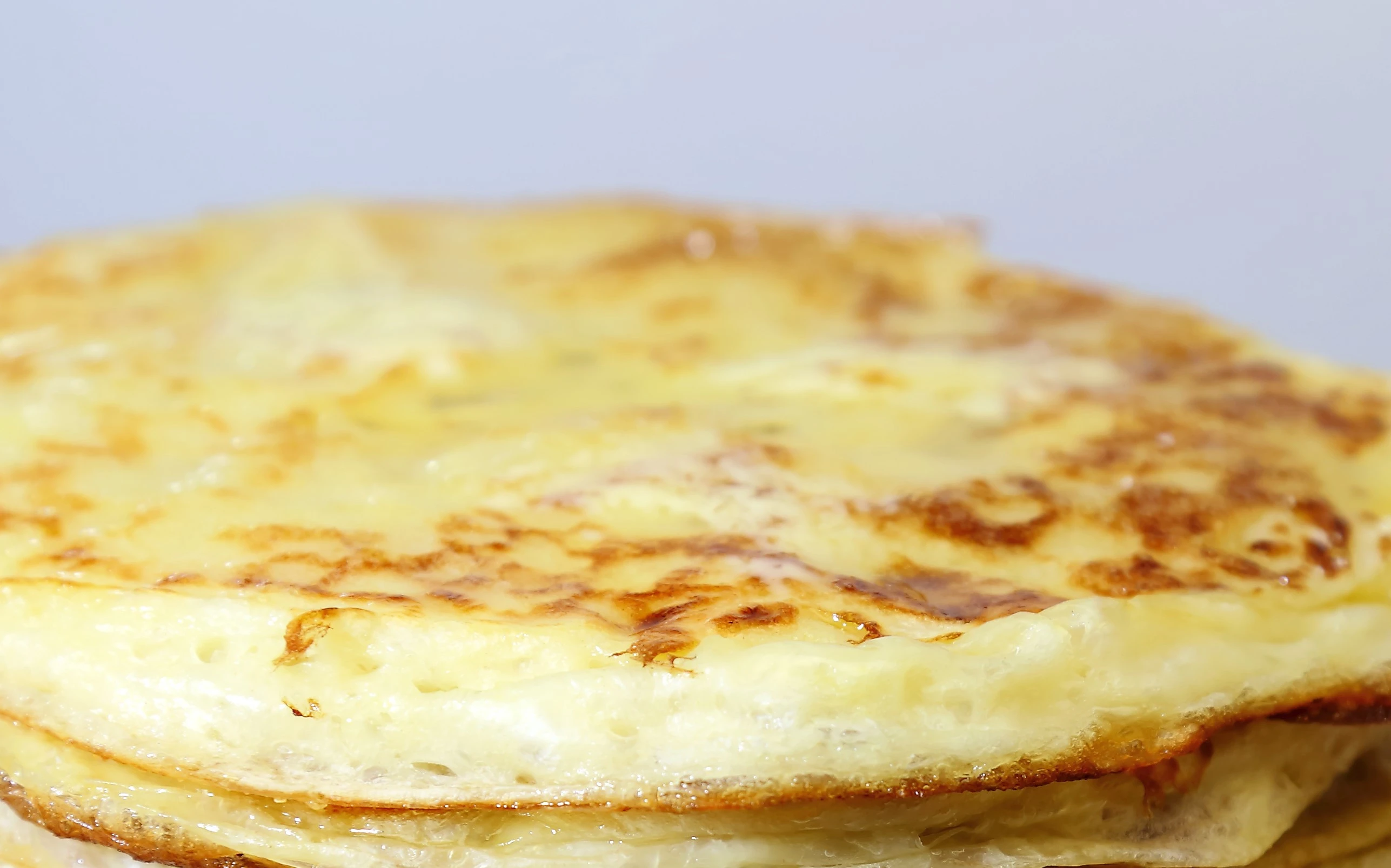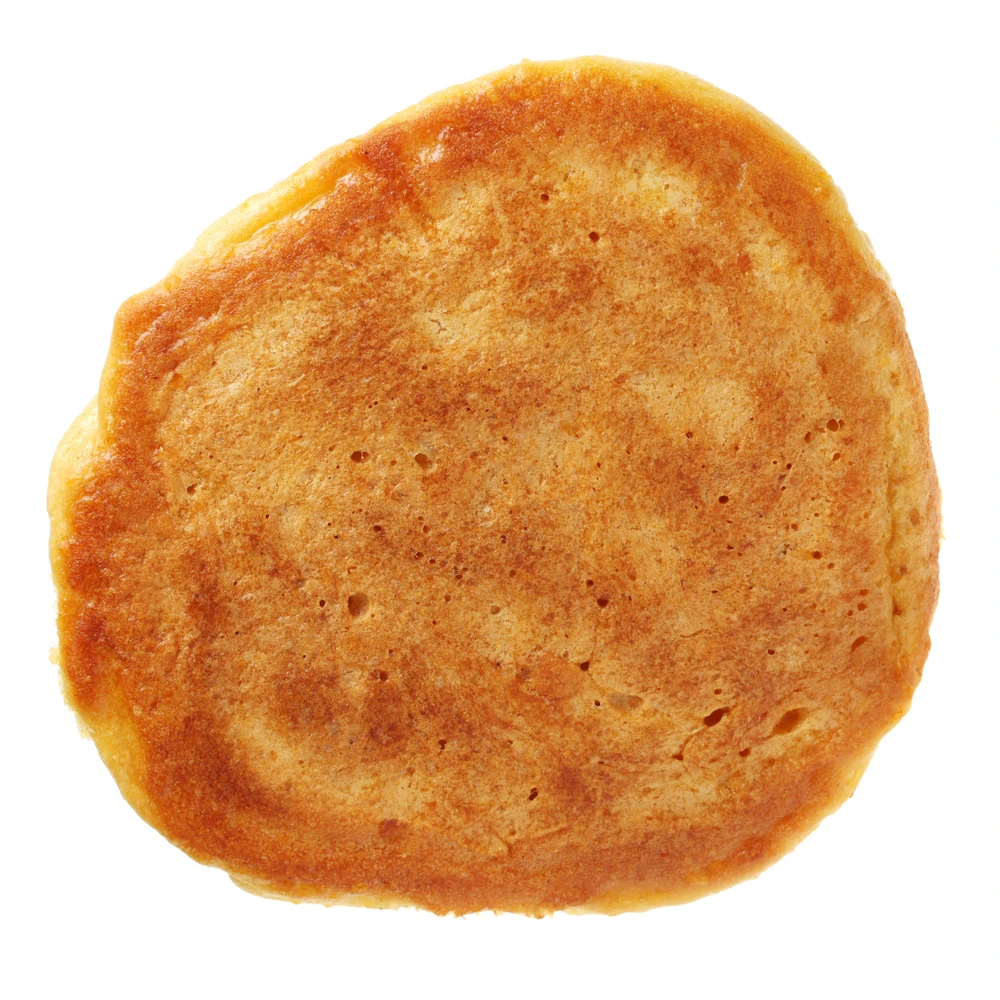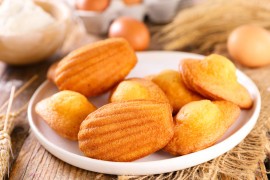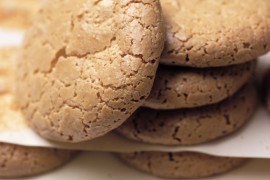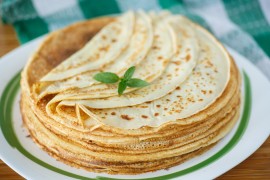Vaûtes lorraines: a Lorraine speciality
Also called votes, vaûtes are thick, fluffy pancakes. They are typical of rural Lorraine, although they can be found in other parts of the eastern French countryside. They are part of the traditional Lorraine cuisine and evoke the simple, generous meals of our ancestors.
A souvenir of old-fashioned evenings
On winter evenings, families would gather around the fireplace to feast on hot vaûtes. They were savored with sugar or jam, accompanied by a glass of milk or mulled wine. This ritual marked moments of family and village conviviality.
A batter similar to pancakes but thicker
The recette des vaûtes is similar to that of crêpes, but with a heartier batter. Flour, eggs, milk, baking powder or bicarbonate are mixed, then pan-fried in a little butter. Vaûtes are distinguished by their soft texture in the middle and golden brown on the outside.
The top... Image chosen by monsieurdefrance: Svetlana-ev via depositphotos.
Easy recipe for vaûtes lorraines
To make a dozen vaûtes :
-
250 g flour
-
2 eggs
-
30 cl milk
-
1 tablespoon sugar
-
1 sachet baking powder (or 1 teaspoon baking soda)
-
1 pinch salt
-
A little butter for cooking
Mix all ingredients well to form a smooth, thick paste. Leave to rest for 30 minutes. Heat a buttered frying pan and pour in a small ladleful of batter. Cook over low heat for a few minutes on each side. The vaûtes should remain golden and fluffy.
A beautiful vaute. Photo chosen by monsieurdefrance.com jianghongyan via depositphotos.
How to enjoy vaûtes?
Vaûtes are eaten warm, simply with sugar, honey or jam. They can be enjoyed as a snack, breakfast or even dessert. Their rustic side recalls the generosity of Lorraine gastronomy.
Astuce
For variety, you can flavor the dough with a touch of vanilla, cinnamon or some citrus zest. Some add chocolate chips or fresh fruit for a more gourmet version.
FAQ about vaults
What's the difference between a vaûte and a classic crêpe?
A vaûte is thicker and fluffier than a classic crêpe, akin to a small rustic galette.
Can the vaûtes be prepared in advance?
Yes, but they're best eaten warm. Reheat them in a frying pan to keep their softness.
Are vaûtes always sweet?
Traditionally yes, but they can also be topped with cheese or ham in a savory version.
What beverage goes with vaûtes?
In the past, they were served with milk or mulled wine. Today, tea or hot chocolate is just the thing.

